You’re not imagining it – this is unnatural. As a species, humans survived by banding together. Dealing with a crisis like COVID-19 in social isolation runs counter to your essential human wiring. It simply doesn’t make sense to the parts of your psyche that are in charge of your personal survival.
According to the New York Times, “The measures being implemented now around the globe are the most sweeping since the 1918 influenza pandemic.” Staying home for months on end creates a unique emotional strain for all of us: the strain from being forced to stay apart. Contemporary psychology struggles to know exactly how this strain is likely to affect our emotional experience. However, we have a powerful ally on our side as we navigate these murky waters: research.
What We Do Know: We Hate Not Knowing
As a pattern-finding and prediction-making machine, the human mind finds ambiguity distressing. That distress impacts our well-being in measurable ways. Studies of quarantines due to SARS, Ebola and MERS shed some light on what effects you might notice now. Symptoms like insomnia, low mood, increased stress, heightened irritability and confusion are common.

An extensive lit review published in the Lancet at the end of March gathered data from twenty-four different studies that confirm these findings. Generally speaking, those who were quarantined experienced “general psychological symptoms, emotional disturbance, depression, stress, low mood, irritability, insomnia, post-traumatic stress symptoms, anger, and emotional exhaustion. Low mood and irritability stand out as having high prevalence.” Quarantined healthcare workers experienced “exhaustion, detachment from others, anxiety when dealing with febrile patients, irritability, insomnia, poor concentration and indecisiveness, deteriorating work performance, and reluctance to work or consideration of resignation.”
Additionally, those who may have been exposed to SARS experienced negative emotions during quarantine. “Over 20% reported fear, 18% reported nervousness, 18% reported sadness, and 10% reported guilt.” Qualitative studies also identified a range of other psychological responses to quarantine. These included confusion, fear, anger, grief, numbness, and anxiety-induced insomnia. The study reports specifically that “confinement, loss of usual routine, and reduced social and physical contact with others were frequently shown to cause boredom, frustration, and a sense of isolation from the rest of the world, which was distressing to participants.”
Loneliness & Isolation: Real Problems
Established research links perceived social isolation or dissatisfaction with your social life to experiencing loneliness. Chronic loneliness greatly increases your risk of premature death. In the short term, it leads to all kinds of “adverse health consequences including depression, poor sleep quality, impaired executive function, accelerated cognitive decline, poor cardiovascular function and impaired immunity at every stage of life.” Studies even suggest an increased risk of developing dementia. Public health experts say loneliness is the same kind of health problem as obesity, smoking and lack of physical activity.
So while the shelter-in-place orders definitely saved lives, they also increased the mental health impact of the coronavirus pandemic. The damage to the economy and high unemployment will certainly impact people’s sense of insecurity, uncertainty and anxiety as well. Many in the mental health industry report already seeing increased demand for services.
The Third Quarter: A Tipping Point
You may have noticed things getting especially hard lately. Research from other types of confinements confirms this effect too. At the end of April, the country reached a documented inflection point where the frustration and isolation becomes too much to bear. According to social scientists who study those who regularly work in isolation – astronauts on space stations, submarine crews or scientists in the Antarctic – we’ve entered a phase called the “third quarter phenomenon.” At about half to two-thirds of the way through a deployment, these isolated professionals become prone to emotional outbursts, lonely, irritable and depressed.
The scientists note that the “third quarter” depends on the length of the mission. The inflection point hits about halfway through the total time, so three months into a six month mission, for example. It’s still unclear what the length of our current “mission” is, as COVID-19 cases continue to rise. However, the initial drop in new cases thanks to quarantining encouraged many Americans to believe the first wave was ending. This likely led to heightened emotional distress during our three-month inflection point. This frustration led to protests against the recommendations, and states choosing to reopen, even though the first wave may not have actually passed.
Some Good News: Choosing Isolation Matters

So all the research confirms it: humans hate uncertainty, and especially in isolation. But knowing this can be empowering. Sure, negative emotions are challenging to manage. But recognizing they are part of a larger pattern can add some measure of the predictability your pattern-making brain craves. In addition, understanding the emotional impact of quarantine may increase your empathy for those who rapidly returned to going out as the “third quarter” hit. The thirst to “get back to normal” is strong. You can give yourself some compassion for desiring it too.
The research also tells us that voluntary restrictions show less of a negative mental health impact than enforced ones. While enforced quarantine impacts your sense of agency, heightening distress, choosing to follow the recommendation to stay home, on the other hand, poses a lower threat to your sense of self. So that gives us empowering information to safeguard our mental health, by choosing to make changes ourselves.
Reduce Isolation: Wear Masks
The most concrete and easy change remains the recommendation of the scientific community. Wear a mask when you go out. Even wearing a cloth mask offers more protection than you might think with this specific virus. While it may feel awkward, itchy, fog up your glasses or make it hard to talk to someone, masks contribute to keeping virus particles low. Wear one.
Turn wearing a mask into a habit. Keep one by your car keys. Put your mask around your neck as you leave the house. Keep a spare in your car or carrying case. Again, your brain wants predictability – you can make having a mask at the ready part of your reassuring normality. If you forget to bring one, then do what you can to minimize exposure by keeping a distance from others and taking care of your business as quickly as possible. Avoid getting down on yourself for forgetting – remember, you’re working against understandable stress. Instead, focus on making sure you remember a mask next time.
Wearing a mask when you go out makes it safer for others to go out as well. Think of it as your regular reminder that you are not actually alone in this crisis. This is your shield against chronic loneliness. When you wear a mask, you make it easier for anyone who is at risk to get out of their house. You help empower them to get a break from the irritation, isolation and tension from being cooped up. If you value the freedom to go about your regular life, then please give others the same freedom. Wear a mask.

Hope for the Future
And finally, remember that most of those studied who worked in confinement choose to come back for a second mission. Why? Because the time alone has given them new focus on what’s most important to them. Researchers also found that “following experiences in isolated environments, men are more likely to use social support as a coping strategy compared to before they went in, while women have an increased trust in their own abilities.” Of course, none of us will want to sign up for another pandemic. But researchers predict that “post-COVID we will see differences in the way people engage with each other, in the way people work, in the priorities given to the environment, and the way people think about travel.” Ironically, our loneliness may be the very thing that brings us together.
We can all acknowledge that staying home hasn’t been easy. From scientific research to our own personal experiences, we know it’s taking a profound emotional toll. But while it feels uniquely difficult, in some ways we’ve been here before and know what we can do going forward to take care of ourselves and keep each other safe. And hopefully that knowledge can carry us through to the other side of this thing – to that future day when scientists are studying how we survived it.
